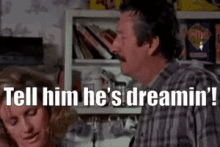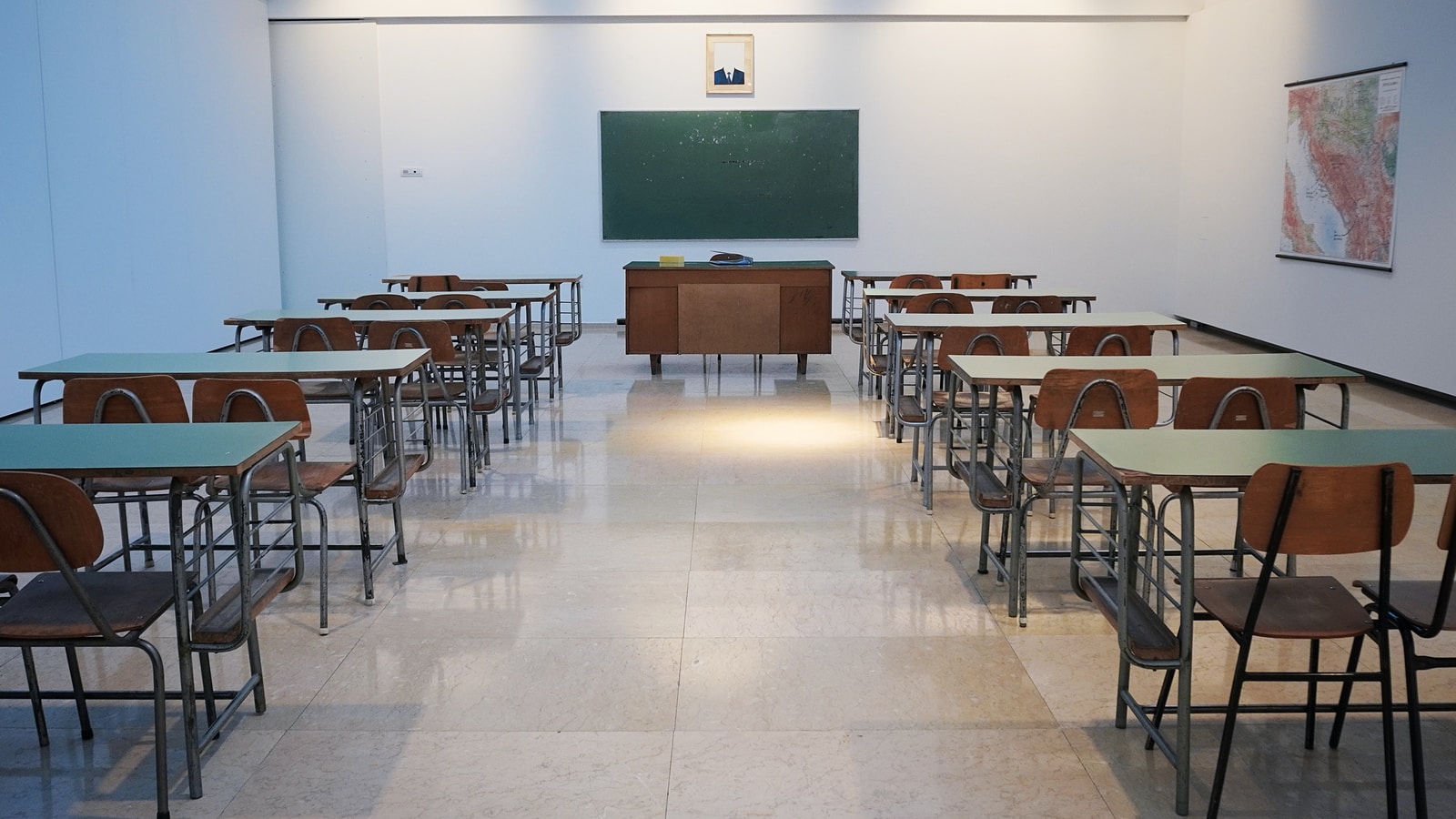We’re constantly subjecting to feminine caterwauling about “gender gaps”, these days. “Gender wage gap”, “gender sports gap”, even a “Wikipedia gender gap”. What’s noticeable about most of these “gaps” is that they’re almost exclusively the concern of well-off, university-educated, professional women. It’s almost like these fishwives have run out of real things to complain about.
On the other hand, there are some very serious gender gaps that meet with an uncharacteristic silence from the viragos of the lady pages.
The gender suicide gap, for instance: men are far more likely than women to commit suicide (and, just to prove men can’t win the Victim Stakes, male suicide is invariably blamed on “masculinity”: how’s that for victim blaming?). Or how about the gender homelessness gap: men are three times more likely to be homeless than women. Or the gender university gap? Women graduates far outnumber men (even on this one, the “gap” girls find something to whinge about: there are more men in STEM courses than women — waaaah!).
As it happens, this stark gender disparity in education long precedes university — and it’s getting worse.
One in five teenage boys is semi-literate in high school, with boys twice as likely as girls to struggle with reading and writing at the age of 15, new data from a million Australian students reveals.
The 2021 test results for the National Assessment Program, Literacy and Numeracy, show one in 10 girls and one in five boys had failed to reach the minimum standard for writing after nine years of education.
Ever wondered why teacher’s unions are so dead against NAPLAN?
Eleven per cent of boys and 6.3 per cent of girls failed to read at the minimum standard, sparking calls for intervention to prevent boys falling behind in their senior years of high school.
In writing, 21.3 per cent of boys and 10.7 per cent of girls fell below the national standard, meaning they could not punctuate sentences, spell most simple and common words, or write a story in paragraphs.
Calls for intervention — from whom? The Australian Education Union, perhaps? Mammamia? Clementine Ford?
Nope: a wicked, “right-wing think-tank”.
The Centre for Independent Studies’ research fellow in education policy, Glenn Fahey, said students should be screened for literacy problems when they started high school.
“I’d like to see the same level of attention applied to the gender gap in STEM applied to the gender gap in literacy,’’ he said.

After all, if education bureaucrats and teachers’ unions actually admitted that the education system is failing boys, then people might start asking why?
Part of the answer would have to be the disastrous predominance of mostly left-wing education theories that have dominated teaching since the 1980s, such as Whole Language — heavily promoted by a self-described “ageing, raging 60s feminist”, children’s author Mem Fox.
Primary students’ reading skills have improved over the past decade, as more schools switch back to phonic-based instruction to ensure children can learn to read by sounding out letters instead of memorising words.
The Australian
Worse, they might even start to question the overwhelming feminisation of education. 85% of primary and 68% of secondary teachers are female. If this was any other industry, the howling harridans and bellowing beldames would be getting their voluminous knickers in an almighty twist.
But, hey, this only disadvantages boys, so who cares?
Please share this article so that others can discover The BFD

